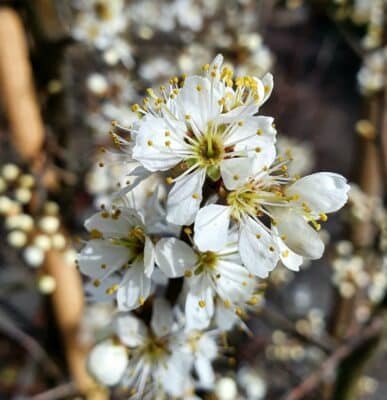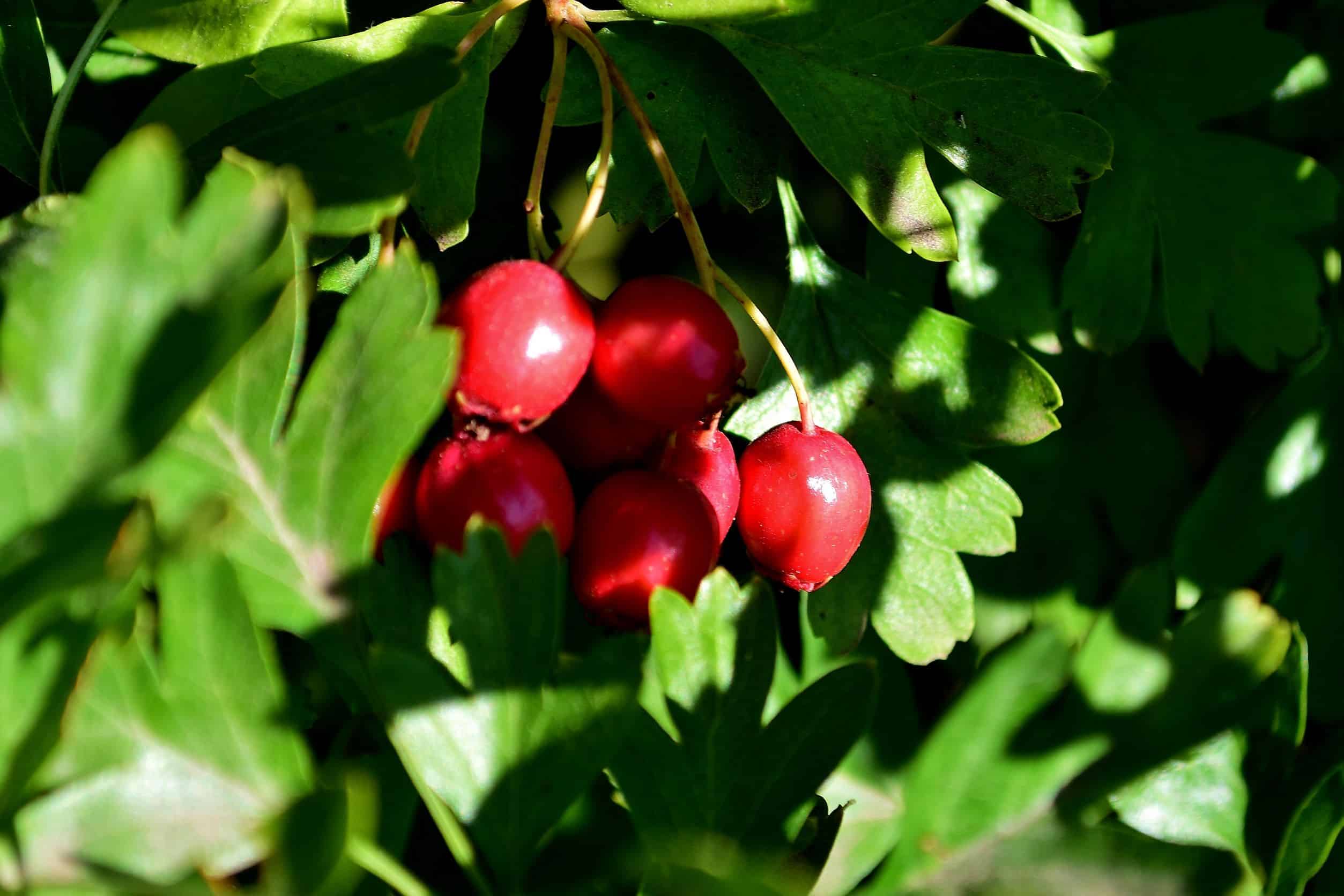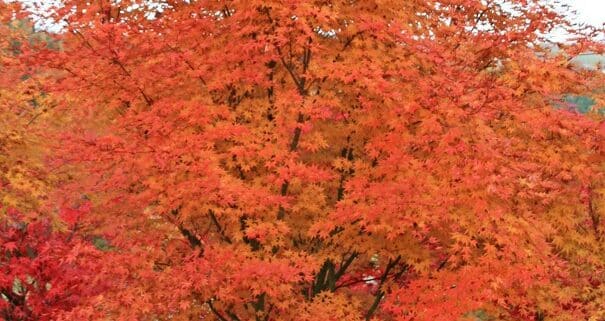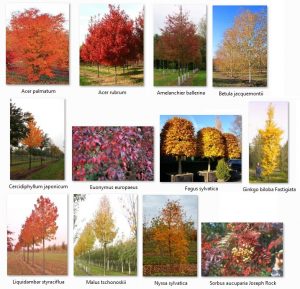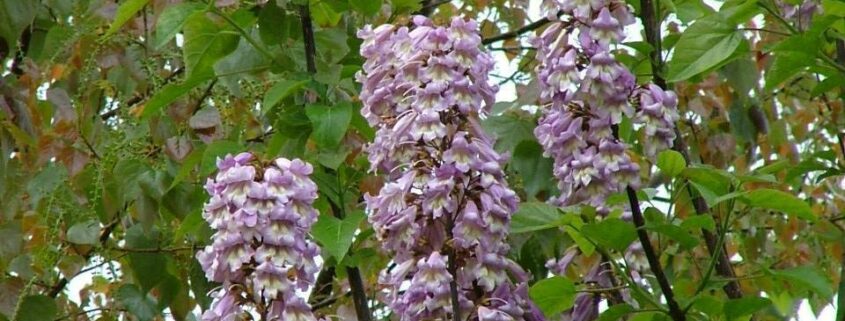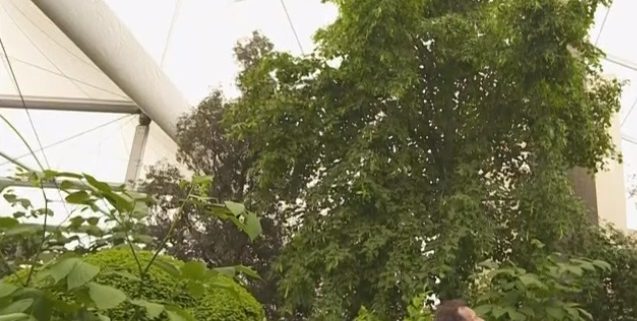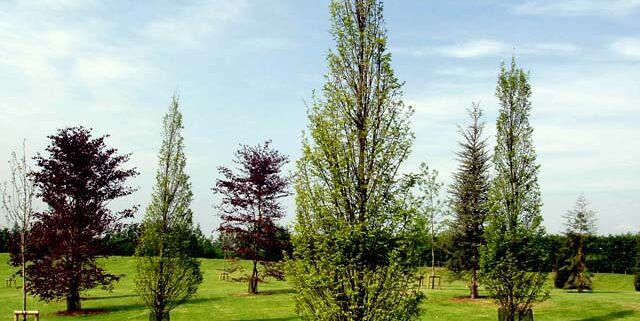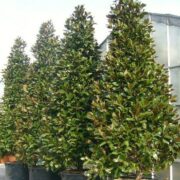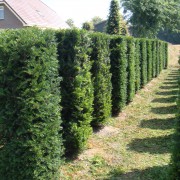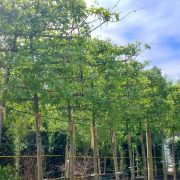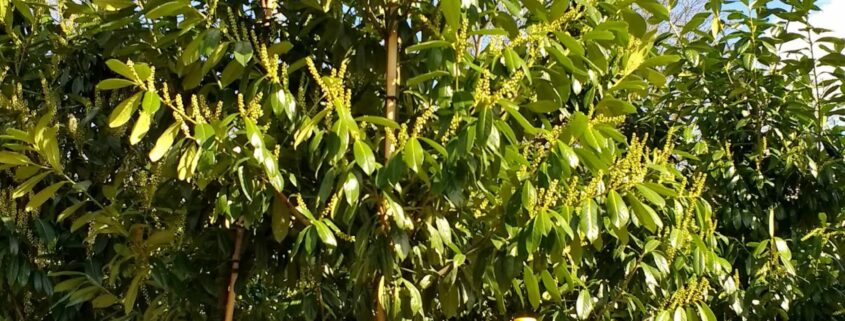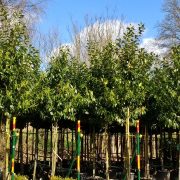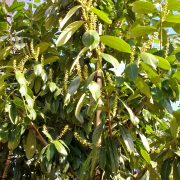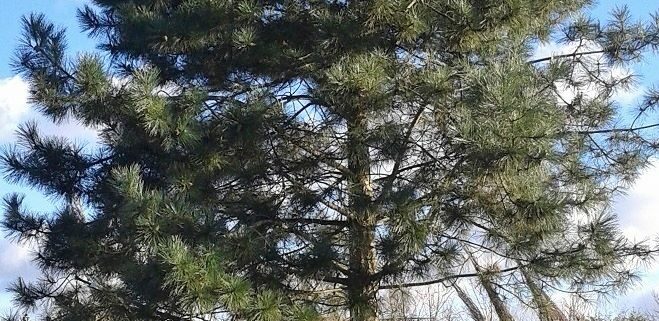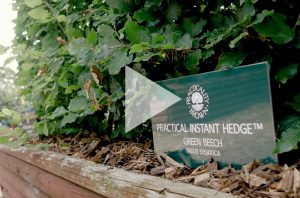Embrace the Beauty of Spring
The Best Blossom Trees for Your Garden
With the promise of spring in the air, now is the perfect time to add the timeless elegance of blossom trees to your garden. The favourites must be crab apple and cherry trees, which stand out for their fragrant floral displays, which grace any garden.
While Practicality Brown are known for the range of quality evergreen screening trees and ready-to-plant Practical Instant Hedge™, we also have a range of beautiful deciduous trees which will add interest to your garden with their seasonal changes.
Why Plant Blossom Trees?
Blossom trees, with their abundant flowers are a joyful addition to any garden. Our top picks are crab apple and cherry trees, which offer a spring spectacle, are wildlife friendly and have wonderful autumn colours later in the year.
Crab Apple Trees
Crab apple trees are known for their pretty blossoms and vibrant fruit displays. These trees not only provide a burst of colour in spring but the small, colourful fruits attract birds and add interest to your garden throughout the year.
A small compact tree with white flowers in spring and masses of red-orange fruits in autumn.
A tough tree, disease resistant and pollution tolerant. It’s a crab apple tree for any small garden, giving an attractive display all year round. Mature height: 3-7m
Cherry Blossoms
Cherry trees are known for their profusion of flowers. Whether you have a compact urban space or a lovely family garden, our selection ensures you can find the perfect cherry tree to enhance your landscape. The delicate pink or white blooms create a picturesque scene that captures the essence of spring.
This Cherry Plum tree is early to bloom, and the single pink flowers remain on the tree as the dark foliage emerges, gradually fading to white and contrasting well with the deep blackish-purple leaves.
Tolerates very severe pruning, making it easy to maintain and a perfect tree for small gardens. Mature height: 3-7m
This beautiful cherry gives a display of glorious pink flowers each spring, with red foliage turning coppery-yellow in the autumn. A good tree for adding colour to gardens, where space allows. Mature height: 7-12m
A gently weeping cherry tree whose green foliage often appears first, followed by a profuse display of large single and semi-double white flowers. This attractive ornamental flowering cherry tree looks stunning when planted as a focal point. Mature height: 3-7m
This tree is one of the last cherries to produce its show of double white flowers, which gradually turn pink, and holds on to them into late May or early June. This tree is often considered to be the best Japanese flowering cherry tree available. Mature height: 3-7m
PRUNUS subhirtella Autumnalis Rosea
A Winter flowering cherry which blooms from November through to March with semi-double pink flowers. A great tree to add some colour during the winter months. Mature height: 3-7m
Plant Now to Enjoy This Spring
Now, as winter gives way to spring, is the perfect time to plant these trees. Planting now means you will be able to enjoy the flowering trees this year, as well as in subsequent years.
Investing in blossom trees, like crab apple and cherry, will add beauty to your garden which will be transformed into a vibrant, blooming paradise.
Our expertise extends beyond supplying trees, we can also plant and offer care and maintenance advice to ensure your blossom trees thrive in their new home.
How to find out More
If you like to find out more about our range of deciduous trees, you can:
- Book a visit to our nursery in Iver, Buckingham to view our trees and hedges
- Call 01753 652022 to speak to our horticultural team
- Email us for a bespoke quotation.
We look forward to hearing from you.
- MALUS ‘Evereste’
- PRUNUS cerasifera Nigra
- PRUNUS serrulata kanzan
- PRUNUS serrulata ‘shirofugen’
- PRUNUS serrulata shirotae
- PRUNUS subhirtella Autumnalis Rosea

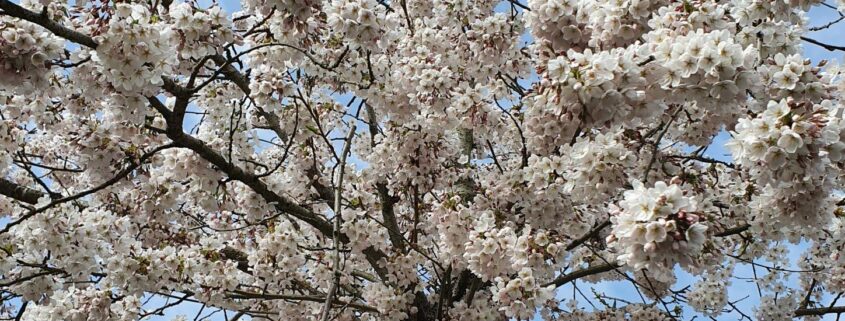
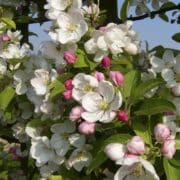
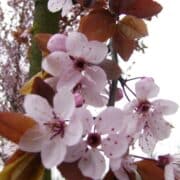
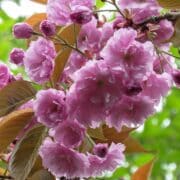
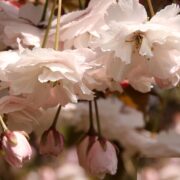
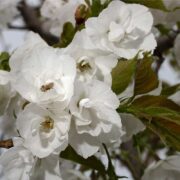
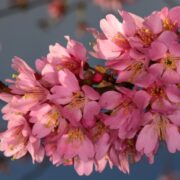
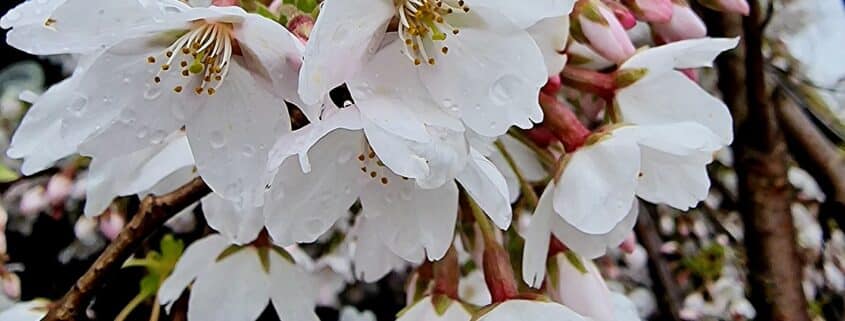
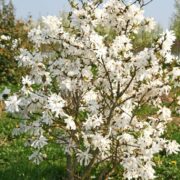
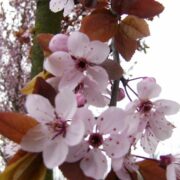
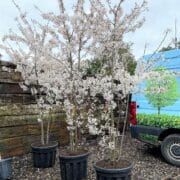 Prunus yedoensis, originating in Japan, is one of the most beautiful cherries. It is an elegant, medium-sized tree which is covered with small, pink-white flowers from April onwards. They hang in clusters of 5 or 6 and have a subtle almond fragrance. The leaves emerge a coppery colour towards the end of the flowers which create a beautiful contrast to the shiny, black fruits.
Prunus yedoensis, originating in Japan, is one of the most beautiful cherries. It is an elegant, medium-sized tree which is covered with small, pink-white flowers from April onwards. They hang in clusters of 5 or 6 and have a subtle almond fragrance. The leaves emerge a coppery colour towards the end of the flowers which create a beautiful contrast to the shiny, black fruits.